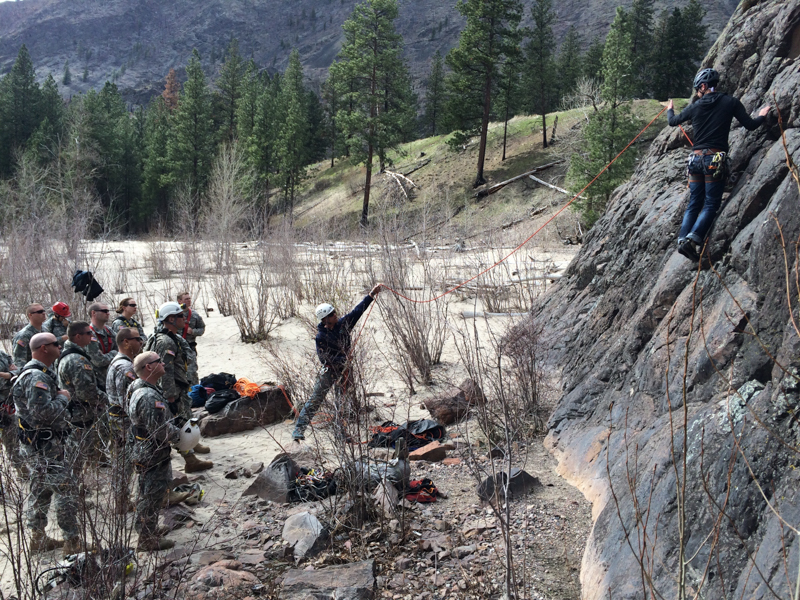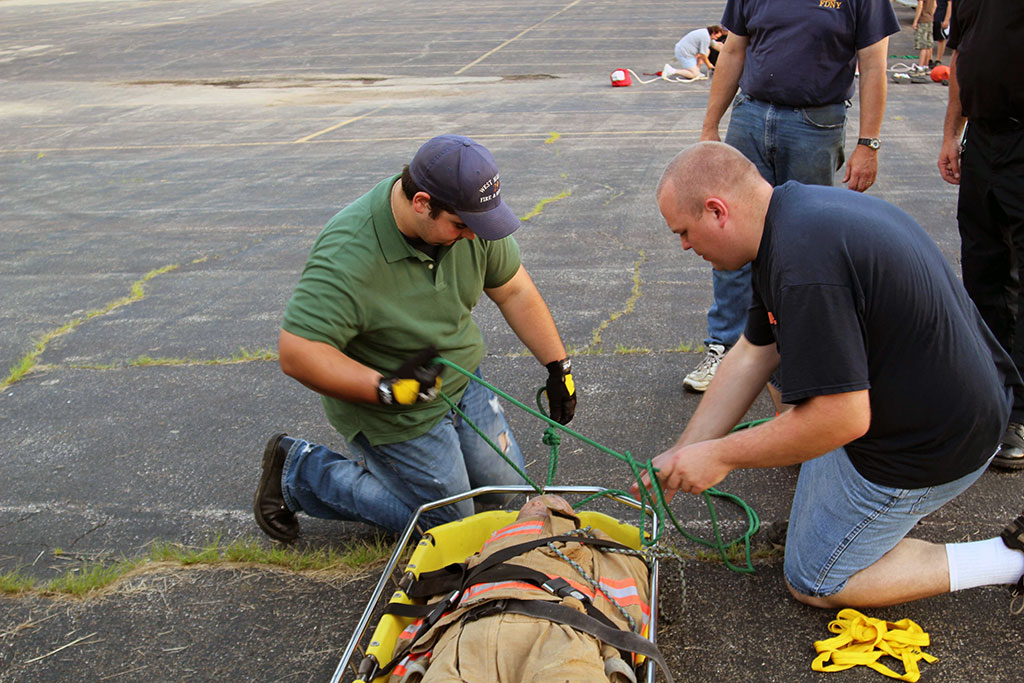
Steep and high angles are also found below grade level in ship holds, barges, confined spaces, tunnels, sewer and piping systems.


Rescuers are totally dependent upon the ropes used to keep them and the victims from falling and to gain access to and egress from the rescue location.Įxamples of steep and high angle locations include: pipe racks, ledges, catwalks, tops of vessels, cranes, and water towers. High angle rescue is considered to be terrain that has a slope angle of 50 degrees and higher. Rescuers are also fully dependent on the system for upward travel in steep angle situations. Steep angle operations are actually the highest risk category, given rock fall and the fact that the systems are often overloaded by having too many rescuers on the system. Steep angle rescue is considered to be terrain that has a slope angle from 30 to 50 degrees.Īgain, the condition of the terrain will determine the level of technical expertise required to perform this rescue safely. Is it muddy? Are there loose rocks or other debris that would cause poor or slippery footing? How many rescuers are needed to transport the victim and stretcher to safety?Įxamples of low angle locations include: over-the-bank situations where a car has left a roadway and descended an adjacent slope. The condition of low angle terrain will determine the need for and the amount of rope support required.

What are low, steep and high angle rope rescue?.


 0 kommentar(er)
0 kommentar(er)
